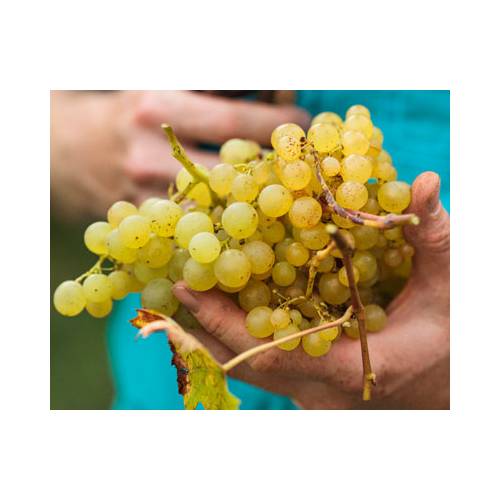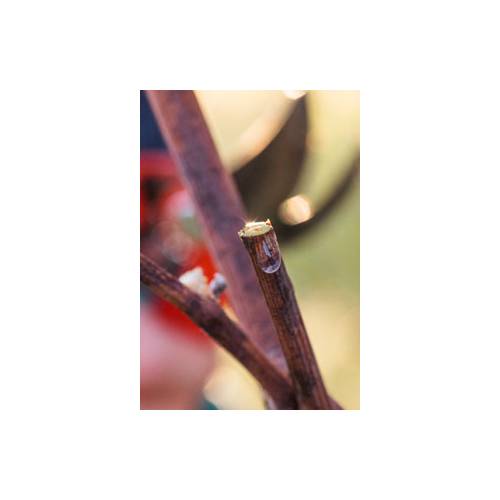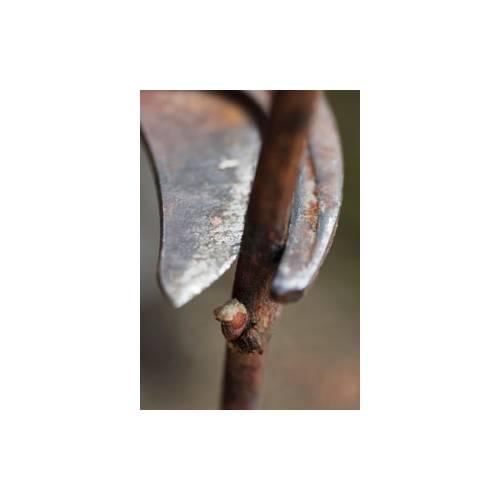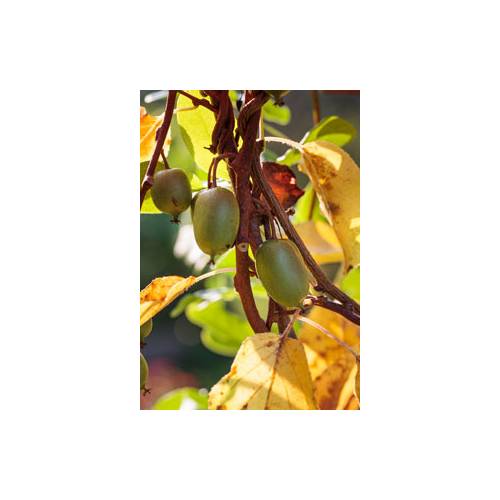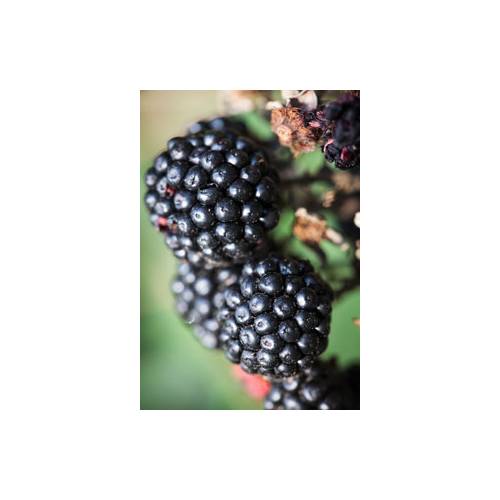
Know everything about pruning
Winter pruning of the climbers producing fruits
- Details
-
Vine, kiwi and so forth add flavour without taking too much ground space. They should be grown in every garden, all the more so as their pruning is really easy. But of course necessary!
At the end of winter, make the vine "cry"
You have until March to prune the vine shoots, from the fall of leaves. The ideal is to do it in February-March, when sap is rising. Any pruning done at this time will cause the sap to flow: This is why we say that the vine « cries ».
On specimens that are developing, you must therefore let the 'wood' get longer on the main stems, keeping approximately 20 cm of the stems which formed the previous year. Cut everything else. This way, the growth of the vine stock is rather slow (1mm in 5 years) but the branches are much stronger. The well-formed vine stocks are to be cut like a framework: cut back all the stems which formed the previous year. This repeated pruning each year will end up forming 'stumps' that need to be kept.
The kiwi, a simplified pruning
The winter pruning of the Kiwi plant must be a light one. The principle consists to shorten the branches, cutting off 30cm after the place where last year's fruits formed. This is only valid for the plants which produce well. Among young specimens, it is especially in summer, when blossom has finished that the main pruning takes place. In winter, the cleaning up of the young Kiwi plants merely consists in removing whatever has spread out too much: shoots which have grown in every direction, wounded branches, inopportune suckers which have formed along the stems (if the specimen is grown along an arbour). Generally, the male roots are more vigorous than the female ones. Kiwais are to be pruned in the same way.
Remember to well locate the buds of the Kiwi and Kiwai's plant: they are very unobtrusive as sunken in a branch' thickening (this is what we call an 'eye').
The first year: take a break!
Winter pruning is even easier on young specimens. Whatever the variety, the most important is to let the plant establish itself and develop its roots. Pruning must only be envisaged during the second winter that the plant spends in situ, and only to train it, removing the suckers from the base or to give it back balance (if one side has developed in the detriment of the other for example).
Do not forget the blackberry bushes
Their pruning is really simple: They are pruned like Raspberry bushes. Cut right back the stems which have produced last year and have started to dry out. Cut the other ones by half. You can also decide not to cut them at all and choose to only remove the canes which have dried out. Anyway, it is impossible to go wrong with brambles! - Photos (5)

